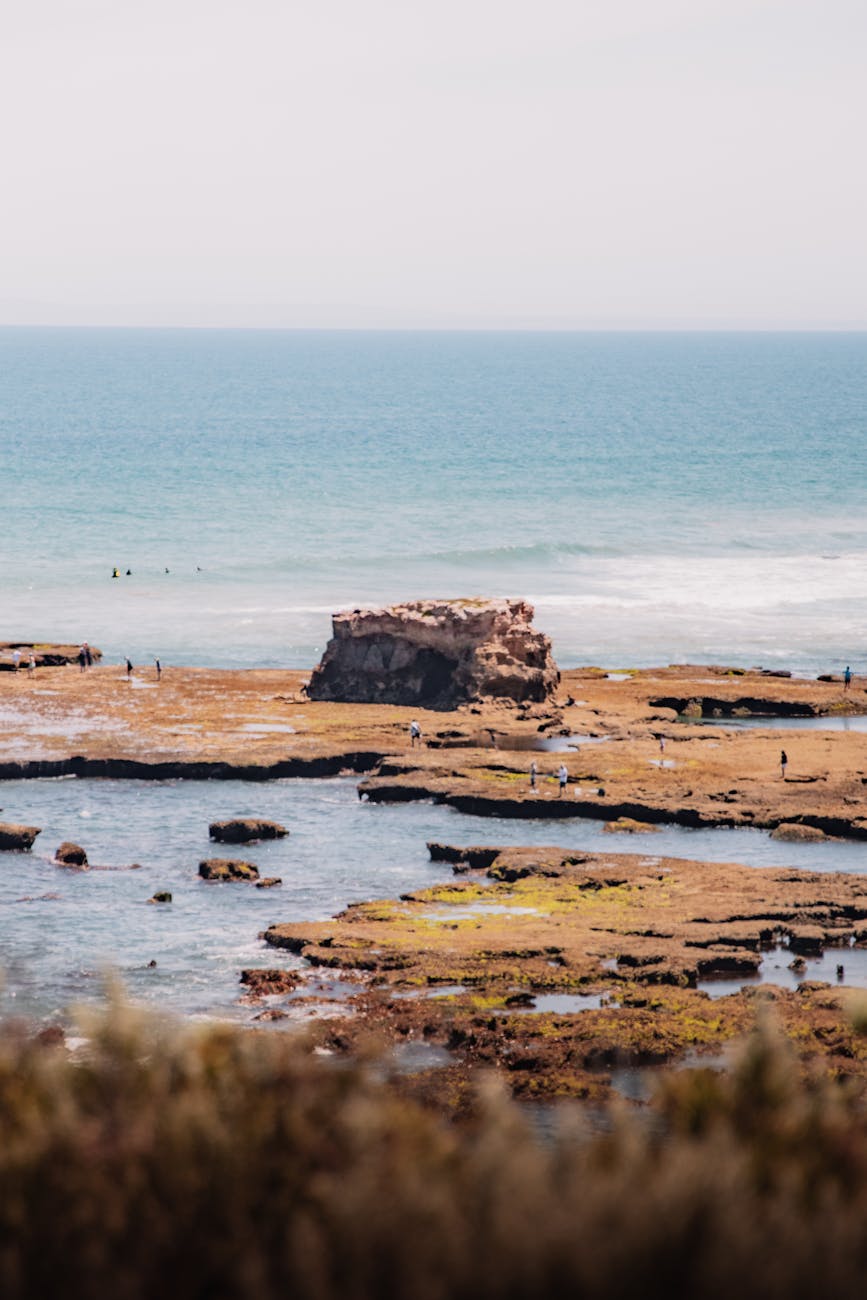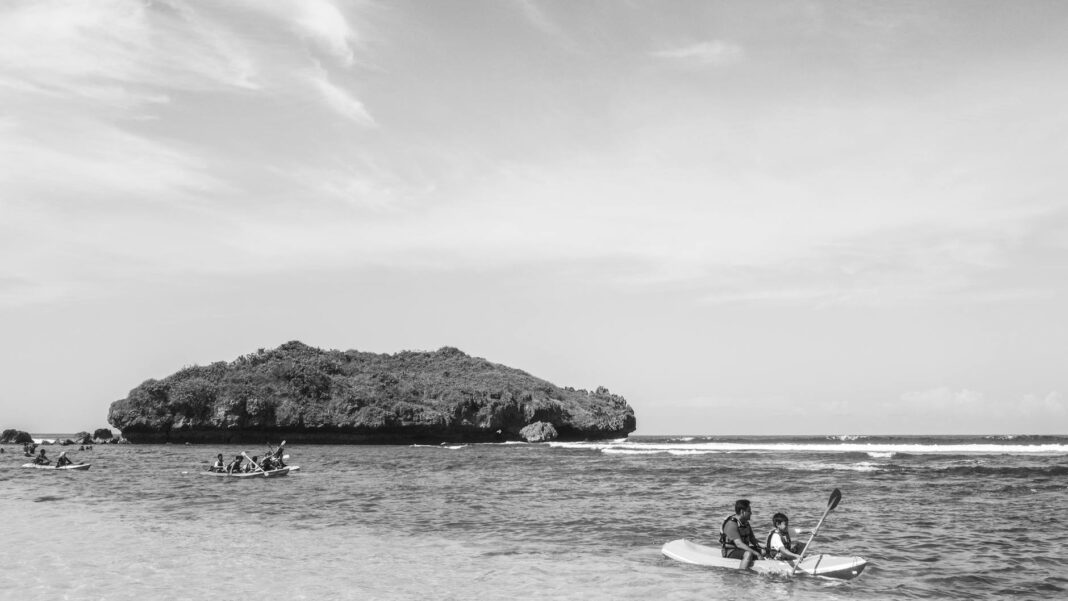Table of Contents
- Introduction
- Preparation: Gear and Mindset
- Timing: When to Shoot
- Composition: Framing Your Shots
- Lighting: Harnessing Natural Light
- Editing: Bringing Your Images to Life
- Final Thoughts: Capturing Memories
- FAQs
Introduction
Island hopping presents an extraordinary opportunity to capture breathtaking photographs that tell stories of adventure, culture, and the stunning beauty of nature. With pristine beaches, crystal-clear waters, and lush landscapes, each island offers unique vistas begging to be photographed. Whether you’re a seasoned pro or an enthusiastic amateur, mastering the art of island photography can elevate your vacation images from ordinary to extraordinary. This blog post dives deep into the ultimate tips for capturing the essence of your island hopping adventures and ensuring every moment is preserved in stunning detail.
Preparing for your journey isn’t just about packing the right clothes or sunscreen; it’s about equipping yourself with the perfect photography gear, both in terms of hardware and mindset. Embracing the right attitude and techniques means you’re not only ready to capture stunning photographs but also to relish the beauty that surrounds you. By diving into these essential photography tips, you’ll be well on your way to creating lasting memories that you can cherish for years to come.
Preparation: Gear and Mindset
Setting the stage for remarkable photography begins long before you leave for your trip. Selecting the right equipment tailored to your needs is imperative. A lightweight camera that produces high-quality images without weighing you down is ideal. Mirrorless systems are often great choices, providing advanced features in a compact form. However, don’t underestimate the power of a good smartphone; many now have incredible photography capabilities that rival traditional cameras.
Equally important is the mindset you carry with you while exploring new islands. Embrace spontaneity and adventure. Mistakes are part of the learning process, so don’t hesitate to experiment with different settings, angles, and compositions. Engage with your surroundings, immersing yourself in the moment rather than fixating solely on capturing it. By doing so, you will not only improve your photography skills but also enhance your experience of each vibrant locale during your travels.
Timing: When to Shoot
Timing often makes or breaks an excellent photograph, especially when island hopping. The golden hours, shortly after sunrise and before sunset, offer the softest, most flattering light, enhancing colors and details in breathtaking ways. During these moments, shadows soften, and the landscape transforms into a dreamlike scene perfect for capturing the beauty of nature.
Additionally, learning to read the changing tides can reveal new compositions as beaches and rocky shores evolve throughout the day. Consider returning to iconic locations at different times to discover varied moods and perspectives. By conscientiously monitoring natural light and adapting accordingly, you’ll foster a deeper appreciation for your surroundings, all while filling your camera with stunning visuals.
Composition: Framing Your Shots
Composition is the heart and soul of photography, guiding the viewer’s eye and conveying emotion. Don’t be afraid to stray from conventional framing techniques. Think about the rule of thirds and lead-in lines, but also trust your instinct. Sometimes, unique angles or unexpected elements can create mesmerizing compositions. Take the time to explore your surroundings and be mindful of all the elements before clicking the shutter.
Consider incorporating leading lines, such as paths, shorelines, or vegetation, to draw the viewer’s eye into the frame. Playing with symmetry and balance can evoke strong feelings. Likewise, intriguing foreground elements can provide depth, while a distant horizon can emphasize the vastness of the ocean or sky. Remember, creativity often flourishes when you let go of strict rules, and as you explore different compositions, you will discover what strikes a chord with your artistic vision.
Lighting: Harnessing Natural Light
Lighting is the foundation of any great photograph, and understanding how to harness it is a game-changer. Bright midday sun can create harsh shadows, so positioning yourself in the shade or opting for overcast days can yield stunning results with softer light. Experimenting during these times allows you to unveil an entirely different palette and mood, revealing the true essence of each landscape.
Moreover, don’t forget to consider the direction of your light source. Shooting into the sun can produce dramatic silhouettes, while side lighting can add depth and texture to your subjects. The interplay of light and shadow is your strongest ally. Carefully observing these elements can lead to truly captivating captures that draw out the beauty of the islands in all their mesmerizing glory.
Editing: Bringing Your Images to Life
After your journey, post-processing becomes a vital part of the photography experience. Editing allows the opportunity to elevate your images beyond what the camera initially captures. Software such as Adobe Lightroom and Photoshop provides the tools needed to adjust exposure, color balance, and contrast effectively. This stage isn’t about altering reality but enhancing the story you want to tell through your photographs.
Experiment with filters and presets that reflect the island vibe you want to share. Subtle adjustments, rather than drastic changes, often result in more authentic images. This challenging yet rewarding process helps tie together your experiences and the emotions that each moment evoked, ultimately allowing you to share the essence of your island hopping adventure with friends and family, all in a way that sparks their wanderlust.
Final Thoughts: Capturing Memories
As you embark on your island hopping adventures, keep these photography tips close at hand. Strive to be present, embracing every unique perspective the islands offer. By preparing your gear and mindset, mastering timing, composition, and lighting, and honing your editing skills, you’ll unlock the true potential of your creativity. With each click of the shutter, you capture not only images but stories waiting to be shared. These moments will live on in your memories long after the trip concludes, inspiring you and others to explore the breathtaking beauty our world has to offer.
FAQs
What camera is best for island hopping?
Selecting a lightweight, high-quality camera, such as a mirrorless system, is ideal. Alternatively, many smartphones boast impressive photographic capabilities, making them a viable option as well.
When is the best time to take photos on an island?
The golden hours, shortly after sunrise and just before sunset, provide the softest, most flattering light for photography, enhancing colors and details in your images significantly.
How can I improve my composition?
Explore different angles, utilize the rule of thirds and leading lines, and don’t be afraid to break conventional rules. Pay attention to the elements in your frame and trust your instinct for captivating compositions.
Are editing apps necessary for great photos?
While you can achieve stunning results with in-camera photography, editing apps significantly enhance images, allowing for adjustments that elevate the overall quality and storytelling power of your photos.
Image Credit: Pexels





